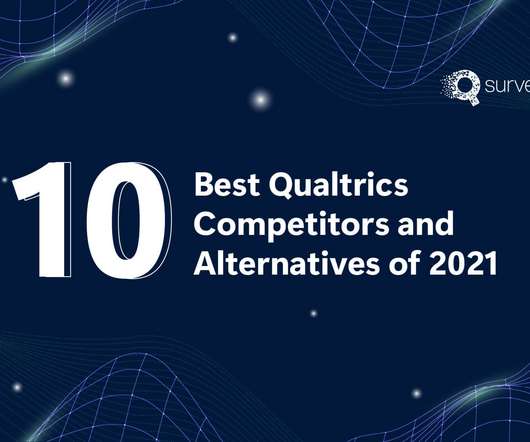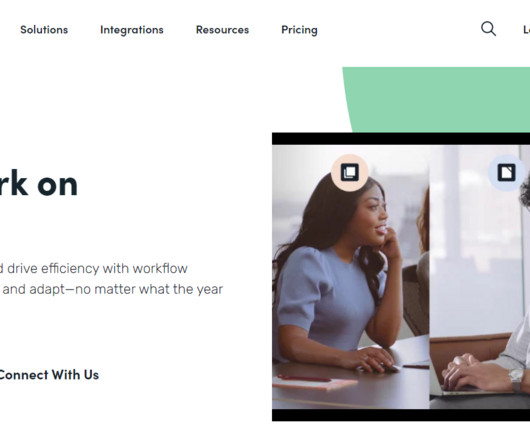Closed-Loop Customer Feedback: How to Drive Real CX Results
PeopleMetrics
AUGUST 22, 2022
Here’s a breakdown of how the process works: Customer provides feedback. After completing various target actions at your business—such as buying a product, receiving help from customer service, or deciding to renew a service—have customers complete a feedback survey. Case Management. Learning More.












Let's personalize your content